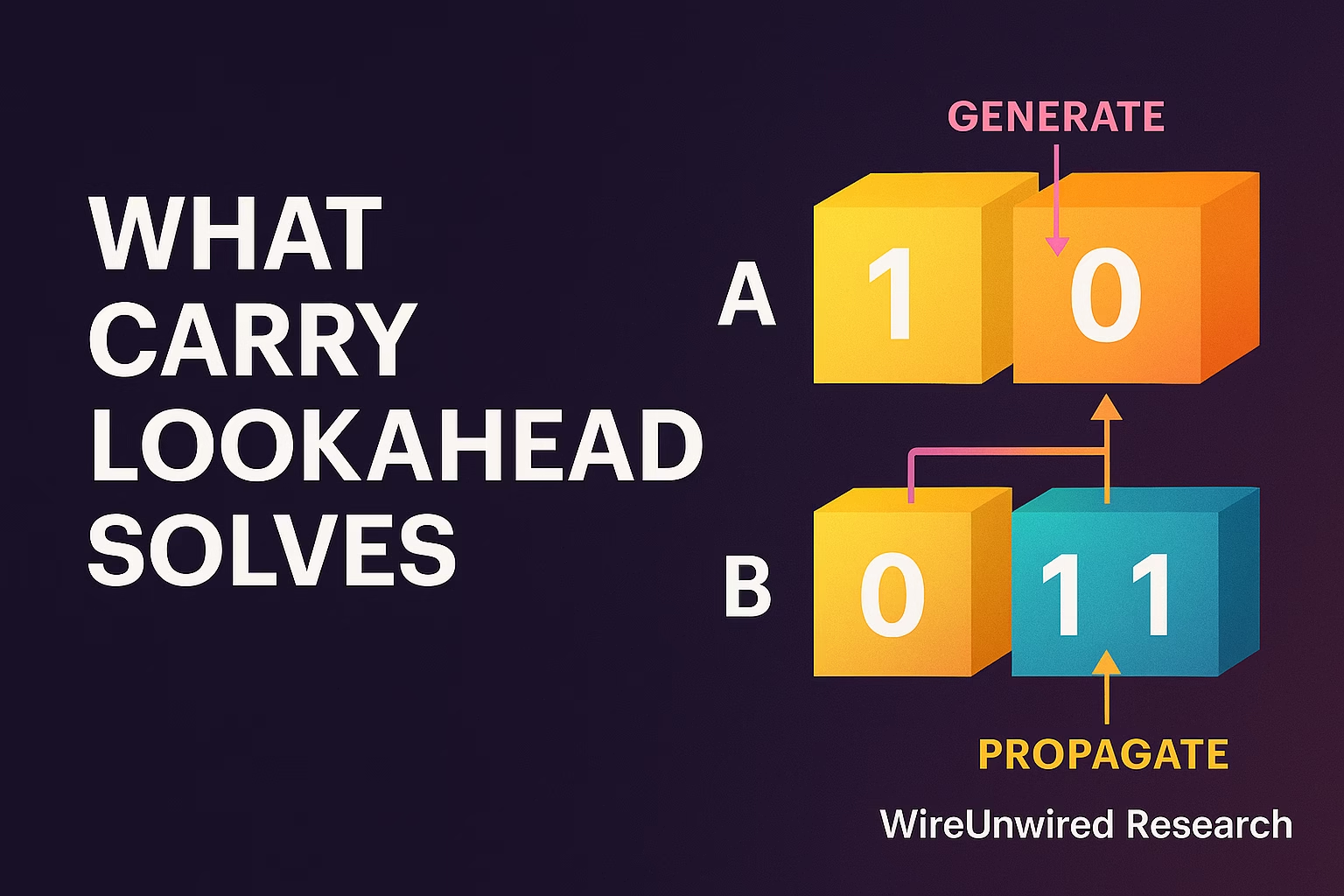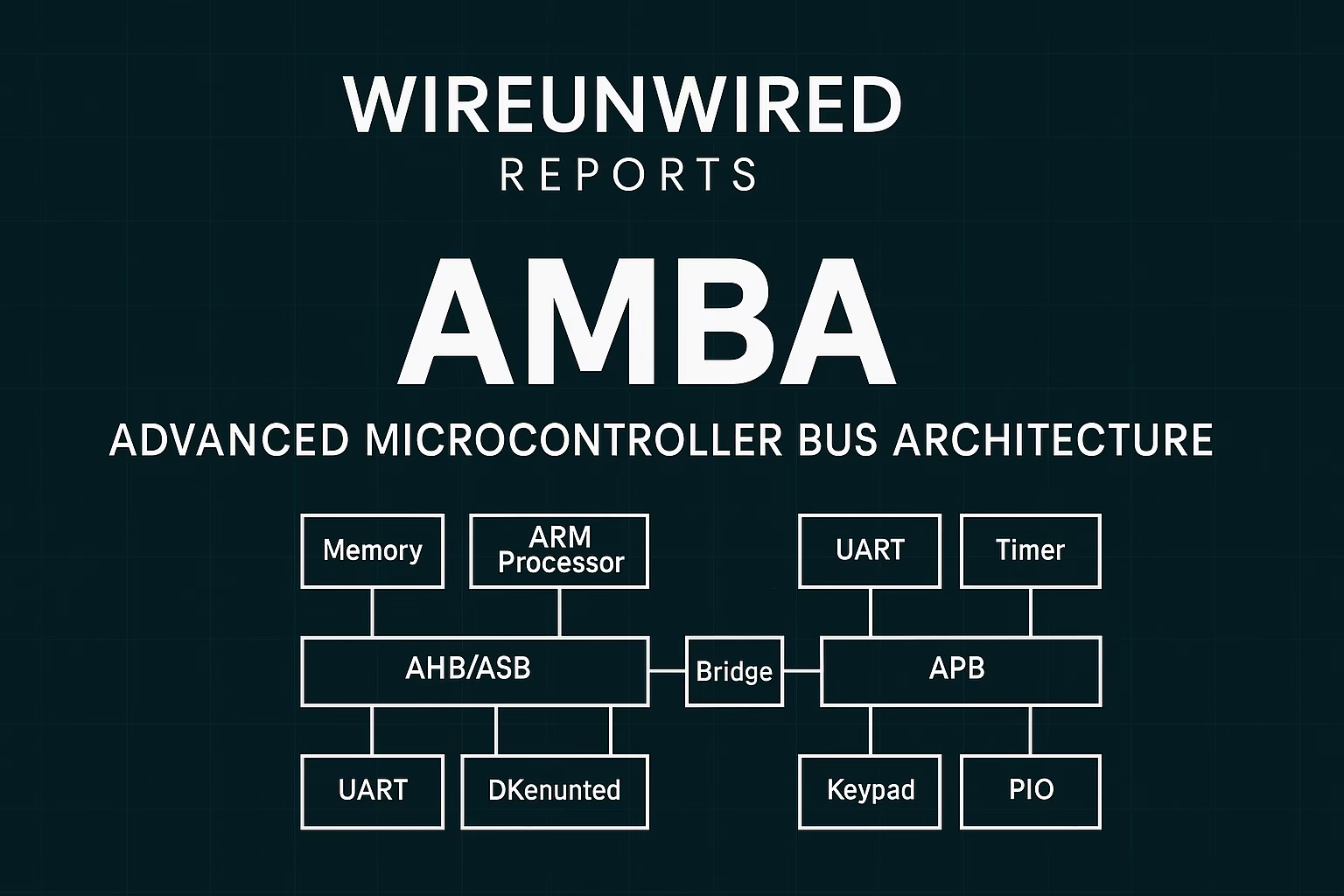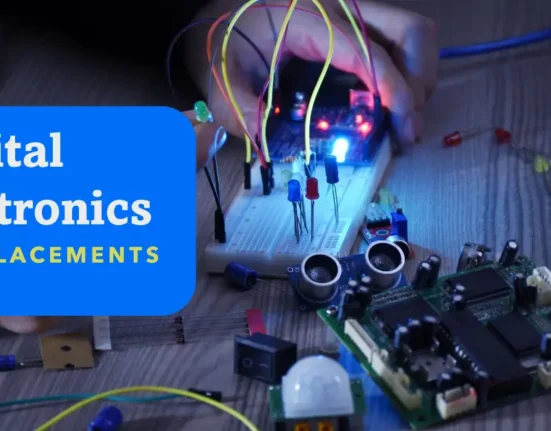Table of Contents
ToggleIntroduction to CUDA
CUDA, standing for Compute Unified Device Architecture, is a software layer that gives direct access to the GPU’s virtual instruction set and parallel computational elements for the execution of compute kernels. Designed to work with programming languages such as C, C++, and Fortran, CUDA is a programming language that utilizes the Graphical Processing Unit (GPU).
The Significance of CUDA
As a parallel computing platform and an API model, CUDA was developed by Nvidia. This allows computations to be performed in parallel while providing well-formed speed. Using CUDA, one can harness the power of the Nvidia GPU to perform common computing tasks, such as processing matrices and other linear algebra operations, instead of simply performing graphical calculations.
Why Do We Need CUDA?
GPUs are designed to perform high-speed parallel computations to display graphics such as games. Use available CUDA resources. More than 100 million GPUs are already deployed. It provides 30-100x speed-up over other microprocessors for some applications. GPUs have very small Arithmetic Logic Units (ALUs) compared to the somewhat larger CPUs. This allows for many parallel calculations, such as calculating the color for each pixel on the screen, etc.
Architecture of CUDA
CUDA has a hierarchical structure of threads, blocks, and grids. A thread is the smallest unit of execution that can run on the GPU. A block is a group of threads that can share memory and synchronize with each other. A grid is a collection of blocks that can execute the same kernel (a function that runs on the GPU). The GPU can run multiple grids concurrently, depending on the available resources.
How CUDA Works?
To use CUDA, one needs to write two types of code: host code and device code. Host code runs on the CPU and is responsible for allocating memory, transferring data, and launching kernels on the GPU. Device code runs on the GPU and is written using CUDA extensions to C/C++ or Fortran. Device code consists of kernels and device functions. Kernels are functions that are executed by multiple threads in parallel on the GPU. Device functions are functions that are called by kernels or other device functions.
Benefits of CUDA
CUDA enables programmers to leverage the power of GPUs for general-purpose computing. By using CUDA, one can achieve significant speedups for some highly parallelizable problems, such as image processing, machine learning, scientific computing, etc. CUDA also provides a familiar programming environment based on C/C++ or Fortran, which makes it easier to learn and use than other GPU programming models. CUDA also supports various tools for debugging, profiling, optimizing, and deploying CUDA applications.
Challenges of CUDA
CUDA also has some limitations and challenges that programmers need to be aware of. First, not all problems are suitable for GPU acceleration. Problems that have low parallelism, high branching, complex data structures, or frequent communication between CPU and GPU may not benefit from CUDA or may even perform worse than CPU-only solutions. Second, CUDA requires careful management of memory and resources. Programmers need to allocate memory on both CPU and GPU, transfer data between them efficiently, avoid memory leaks and errors, balance the workload among threads and blocks, optimize the memory access patterns, and handle hardware variations and limitations. Third, CUDA has a steep learning curve and requires a good understanding of the underlying hardware and software architecture. Programmers need to master the CUDA syntax, semantics, and best practices, as well as the GPU architecture, performance metrics, and optimization techniques.
Conclusion
CUDA is a powerful and popular programming platform for GPU computing. It allows programmers to write code that can run on compatible massively parallel SIMD architectures, such as Nvidia GPUs. CUDA provides a high-level programming language based on C/C++ or Fortran, as well as a low-level assembly language that other languages can use as a target. CUDA also provides a software development kit that includes libraries, various debugging, profiling and compiling tools, and bindings that let CPU-side programming languages invoke GPU-side code. CUDA can achieve significant speedups for some highly parallelizable problems, such as image processing, machine learning, scientific computing, etc. However, CUDA also has some limitations and challenges that programmers need to be aware of, such as memory management, resource optimization, and hardware compatibility.
- Inside AXI: The Invisible Backbone of AI Accelerators
- Carry Lookahead Adders Explained: Why Tree-Based Logic Powers Modern CPUs ?
- What Is AMBA? A Simple Guide to Advanced Microcontroller Bus Architecture for SoC Designers
- How Wind Turbines Deliver Stable 50Hz Power at variable Wind Speed?
- Disney vs Midjourney Lawsuit Could Redefine Generative AI: Wireunwired Report
Explore how the AXI protocol powers modern AI accelerators by enabling high-throughput, low-latency data transfers across chips, cores, and memory subsystems.
Carry lookahead adders solve the delay problem in ripple-carry designs by predicting carry signals in advance. This article breaks down the difference between standard and tree-based CLA logic, and why log₂(n)-stage trees are used in high-speed chips today.
Learn how AMBA (Advanced Microcontroller Bus Architecture) powers communication inside modern SoCs. From APB to AHB and AXI, explore the protocols, FSMs, and design benefits — explained clearly for embedded and chip engineers.
Learn how wind turbines deliver stable 50Hz power using AC–DC–AC conversion, IGBT rectifiers, and smart control systems. Perfect for engineers, energy enthusiasts, and renewable tech followers.
Discover more from WireUnwired
Subscribe to get the latest posts sent to your email.










1 Comment